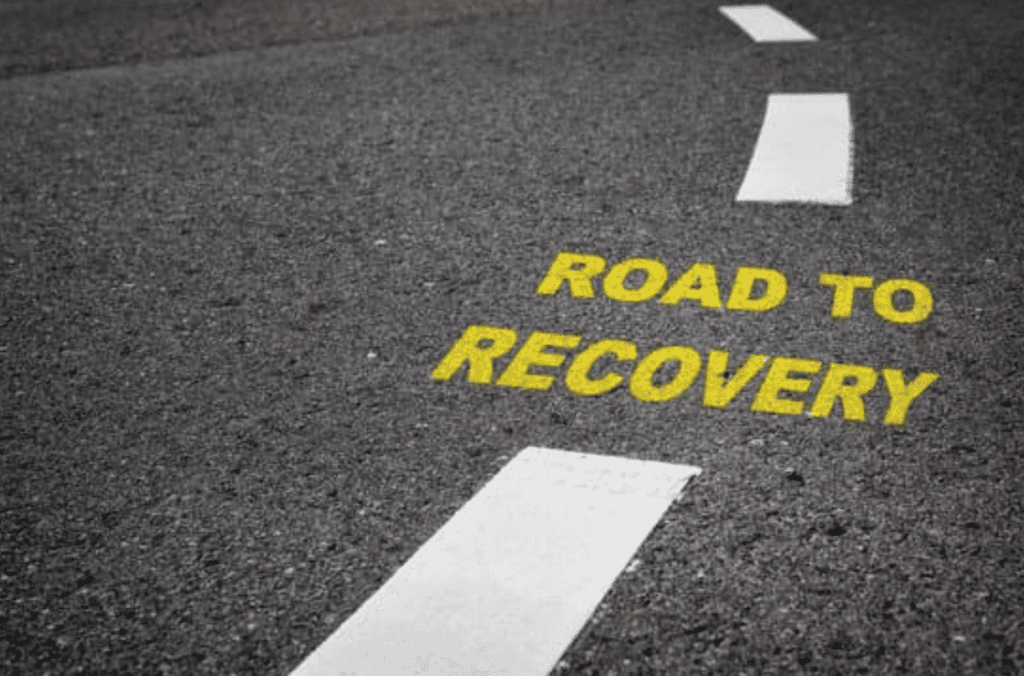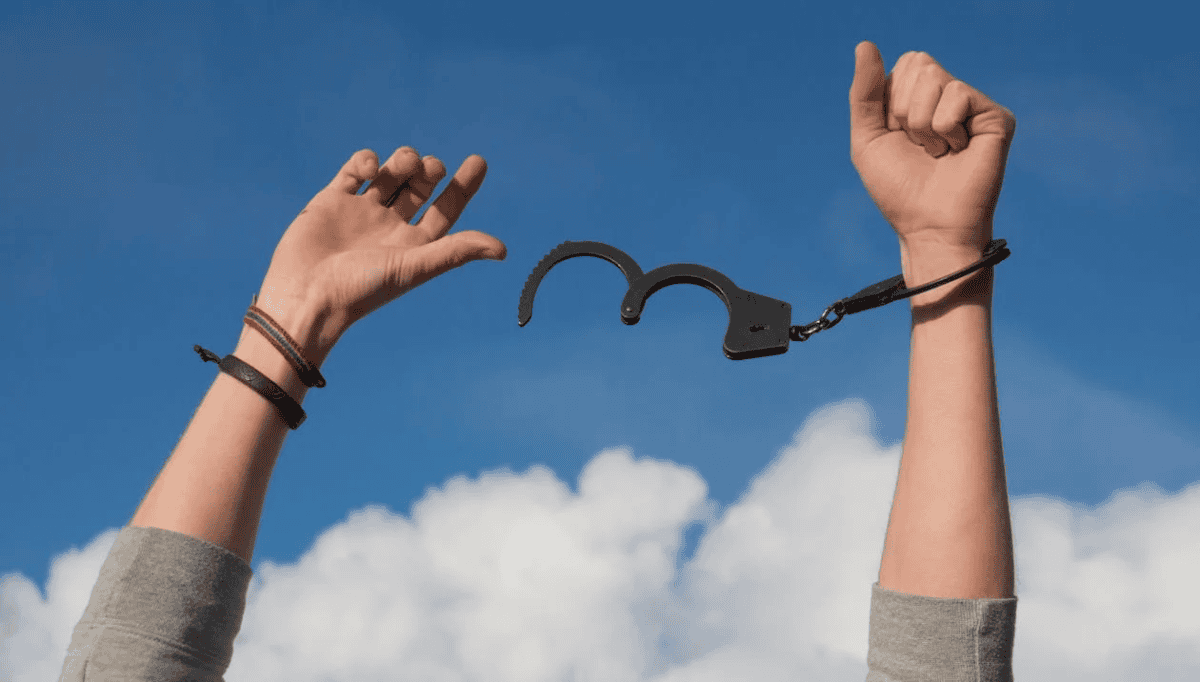This post aims to provide a practical guide to addiction treatment in order to help those with addiction to break their bonds of dependence.
Addiction encompasses dependence on a substance or behavior that continues despite negative consequences. Breaking addiction’s powerful hold requires professional treatment tailored to individual needs.
Understanding Addiction
Addiction differs from casual substance use or enjoyment of activities like gaming. Hallmarks of addiction include the inability to control engagement plus persistence despite impairment in daily functions or harm to health/relationships. Addiction requires treatment intervention, breaking denial and thought patterns triggers trapping people in dangerous cycles.
The Cycle of Addiction
Addictions often follow predictable cyclical patterns:
Preoccupation/Anticipation – Cravings and intrusive planning for the next chance to start the downward spiral again.
Use/Engagement – Actively ingesting the substance or compulsively engaging in the addictive activities satiates cravings providing a temporary “high”.
Intoxication/High – An altered mental or physical state results from addictive engagement providing temporary relief or euphoria which starts wearing off quickly.
Withdrawal – Stopping use leads to predictable sets of physical and emotional withdrawal symptoms spurring further use to ease discomfort.
Negative Consequences – Continued participation breeds unfortunate results like legal issues, financial woes, health declines, relationship conflicts, or performance issues barely slowing the cycle’s momentum.
This repetitive cycle becomes the fixation eventually eclipsing everything else of importance despite vocal intentions to quit. Professional help breaks the pattern.

Recognizing Signs of Addiction
Initially, addiction subtly develops before mushrooming uncontrollably. Common indicators include:
Loss of Control – Failed attempts to simply “cut back” rather than fully quit the substance or compulsive activities despite promises made.
Tolerance Effects – The requirement of increased dosage or engagement frequencies to achieve previous pleasant effects hints that addiction mechanisms take hold.
Withdrawal Symptoms – Feeling ill physically and emotionally when not actively using manifests substance dependence begging for cessation relief.
Neglecting Responsibilities – As obtaining and recovering from using episodes consume greater time portions, professional productivity, and household duties slide despite once being priorities.
Damaged Relationships – Friends and loved ones exhausted by lies/manipulations/emotional abuse eventually withdraw their supportive presence due to the user’s sole focus centering activities around satisfying addictions rather than nurturing connections.
Secrecy and Isolation – Hiding usage behaviors from family members, patterns of disappearing for solo binges, and withdrawing from usual social circles follow addiction progression.
Continued Use Despite Consequences – Career expulsions, legal implications, dire health diagnoses, or complete loss of trust from broken promises fails to motivate stopping damaging addictive cycles.
If several behaviors ring familiar either personally or in loved ones, it is time to get educated on available treatment options.
Types of Addiction Treatment
Addiction treatment is not one-size-fits-all. An addiction treatment center should adapt to individual severities, dual diagnoses, and preparations for change. Modalities include:
Detoxification – Medically supervised withdrawal and acute physical stabilization in residential settings prepare the body and mind for recovery. Usually lasts days to weeks.
Inpatient Rehabilitation – Round-the-clock intensive programming in addiction-focused residential facilities removes environmental triggers allowing immersive therapy for 30-90 days.
Outpatient Rehabilitation – Periodic addiction programming attendance ranging from 5-12 hours a week allows self-directed application of tools and techniques while under some supervision during early recovery. Useful for reinforcing gains post-discharge.
Sober Living Environments – Transitional supportive recovery housing with peer communities provides supervised lower-cost residential options after primary treatment allowing extended focus on combating addiction recurrence risks during the early reintegration phase.
Therapy and Counseling
The following detox, counseling tackles psychological drivers through diverse modalities:
Cognitive-Behavioral Therapy (CBT) – Identifying thought pattern triggers and decision point detours via journaling, role-playing, and mindfulness SKILL habit installation rewires addiction responses long-term.
Dialectical Behavior Therapy (DBT) – Distress tolerance techniques, emotional regulation, interpersonal effectiveness training, and mindfulness practice improve functioning despite any lingering post-acute withdrawal processing effects or craving episodes.
Motivational Enhancement Therapy (MET) – For addiction sufferers ambivalent about change, these counseling approaches enhance willingness, determination, and self-efficacy instead of demanding it outright.
Family Therapy – Mending broken dynamics and trust while teaching communication/boundary tools needed for ongoing constructive support.
Group Therapy – Shared stories, called-out denial, and peer accountability provide motivation while practicing vulnerability.
Medication-Assisted Treatment (MAT)
Where applicable to substance abuse profiles, MAT combines behavioral counseling with prescription medications easing intense cravings and withdrawal symptoms and promoting engagement. Common examples include nicotine patches, Campral for alcohol, and Suboxone for opiates. Under medical supervision, MAT sustains recovery momentum.
Holistic Therapies
Alternative wellness approaches like art or equine therapy, acupuncture, yoga, and mindfulness training help reconnect addiction treatment participants with their bodies while calming minds. Building self-awareness and spirituality fosters motivation to nourish one’s whole being rather than sabotage it.
Support Groups
Participating in meetings of support groups like Alcoholics Anonymous or SMART Recovery builds community, accountability, and sober network contacts necessary for maintaining commitment and optimism during recovery’s ups/downs.

Choosing Treatment Programs
Selecting the appropriate treatment program is crucial for successful recovery. Several factors should be considered when making this decision:
Type/Severity – Interventions must match addictive substance profiles and dependency levels based on usage histories, withdrawal risks, and prior treatment attempts.
Needs and Goals – Motivation levels, dual diagnoses, emotional readiness for rigorous self-reflection, and aftercare expectations shape programming scopes.
Cost and Insurance – In/out-of-network facilities, deductibles, types of treatment eligible for health insurance reimbursement, and policy limits determine affordability.
Location – Detox typically secures local placement given medical oversight requirements. For subsequent rehabilitation, out-of-area destinations assist in greater focus without nearby distractions.
Program Approach – Treatment centers run the gamut from 12-step, faith-based, holistic, luxury to LGBTQ-specific programming appeal and effectiveness varies individually.
Accreditation – Licensed hospitals or Joint Commission-accredited facilities ensure quality indicators are met.
Discuss all considerations above with intake specialists at addiction treatment centers like Insight Recovery to identify best-fit solutions.
Stages of Addiction Recovery
The recovery journey has no shortcuts as transforming engrained compulsions and thought habits requires diligence through phases:
Precontemplation – Denial, resistance, ignorance of damage incurred, and refusal to consider change options demand loved one intervention fueling the next stage.
Contemplation – Weighing the pros/cons of substance use versus sobriety as realities like deteriorating health or legal mandates sink in makes treatment exploration begin.
Preparation – Assembling personal/financial resources, selecting optimal modalities/locations, and establishing medical safety nets for detox demonstrates a commitment to action.
Action – Surviving acute withdrawal, embracing treatment, learning coping mechanisms, speaking truths to counselors, and amending behaviors marks evidence hard work pays off.
Maintenance – Applying relapse prevention strategies, attending support groups, avoiding risky people/places/things, and balancing lifestyle directives minimizes susceptibility long term.
Though never easy, people escaping addiction’s grasp inspire others through tenacious self-care. Progress ebbs and flows so expectations stay flexible, hopeful, and forgiving. Achieving breakthroughs day by day builds better futures.

Use This Guide to Addiction Treatment To Seek The Right Help
Addiction is a treatable disease, and seeking help is the first step towards recovery. With the right treatment, intervention, and support, individuals can overcome addiction and lead fulfilling, healthy lives.
Use this guide to addiction treatment to find the right help for you or for someone you know. Remember, recovery is a journey, not a destination. It takes time, effort, and commitment, but the rewards are immeasurable.


